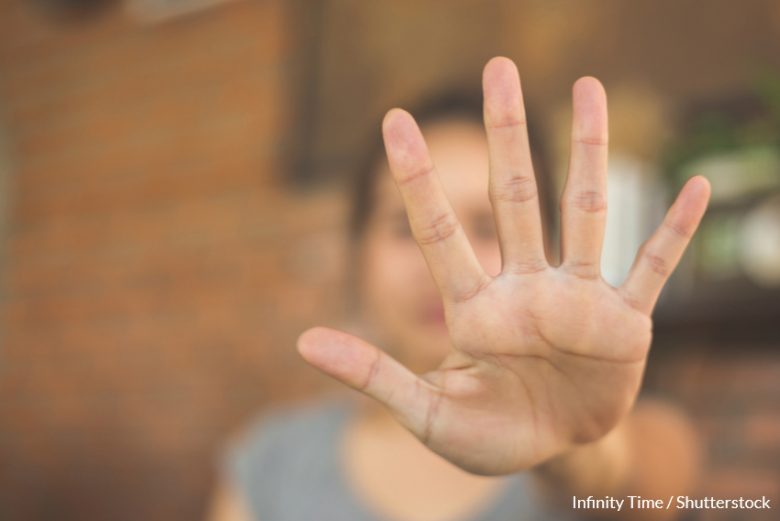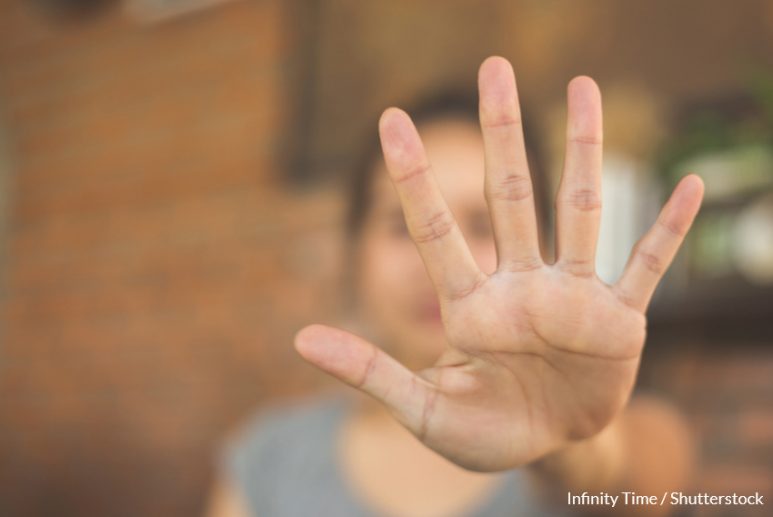By Sara Giudice
In early November, it was reported that Giulia Cecchettin, a woman of 22 years old, had disappeared in Vigonovo, in the Veneto region of Italy, together with her ex-boyfriend – now her alleged killer. After an alert of her disappearance was posted, the news soon went viral online and comment sections on social media were filled with people, especially women, hinting at a possible devastating ending to the story. They were right.

The same thing happened in a previous case, the one of Giulia Tramontano who was 29 years old when she was murdered by her partner while pregnant, in May 2023. Both cases highlight the immediate sadness and gloom that spreads in Italian female audiences when a woman or young girl goes missing, and how new media have become a perceived fundamental bridge between traditional news and the social network filtered real world.
Contemporary media, both traditional and new, were central in the narration of the femicide of 22-year-old Giulia Cecchettin. In particular, the direct involvement of her sister Elena marked a never-seen-before approach to femicide. When interviewed by a correspondent of the Italian TV programme “Dritto e Rovescio”, she spoke about patriarchy, rape culture and the need for masculine responsibility, ending her speech with a radical announcement – “for Giulia, burn it all down”. As stated by Valerio Renzi on Fanpage.it, Elena Cecchettin shattered the Italian “cronaca nera” (or crime news) TV format, in which the audiences are usually presented with the victim’s friends and family showing their pain and calling for justice, often evoking their trust in the justice system and the Italian Police. In this case, however, the mainstream medium, television, which usually calls for order, was faced with a call for a sociocultural revolution, one that was briefly lived during a greatly participated rally in Rome, organised by Non Una Di Meno on the International Day of the Elimination of Violence Against Women. But Elena Cecchettin’s case remains an exception.
Leonardo Bianchi, Italian journalist and author, spoke online about how the media coverage of Cecchettin’s case was mostly mishandled and toxic: recalling what Italians know as “cronaca rosa” (or gossip columns), stereotypical phrases and words were used to describe the case as a sort of romantic escape at first; it turned into a thriller when the investigation began and the first details came forward, leading to a focus on the personal life of the victim and the unstable mental state of her alleged killer. The same treatment of the victim (whose death is described in detail, greatly overcoming the borders of the right to information) and the alleged killer (whose life can be pictured as either a monster or a good guy, an exception in either case) was present in the narration of Tramontano’s femicide, too, where her pregnancy and details of her death dominated TV, newspapers, online news sites and social media. As described to Collettive.it by Professor Pina Lalli, coordinator of the Research Observatory on Femicide, a project of the University of Bologna, Cecchettin and Tramontano fall into the category of “high-profile femicides”, presenting the media and the audience with young characters of what is easily transformed into a thorny story of “love and death”. The same academic project highlighted, in the 2022 Blue paper “Raccontare il femminicidio: cronaca, tribunali, politiche (trad. “Narrating femicide: news, courts and policies”), how the retelling of femicide in Italian media is often individualised and psychologised, putting the systemic and socio-cultural question aside.
Another recent case of how Italian traditional media approach masculine violence against feminine bodies was described by Anna Menale in Stefano Feltri’s newsletter “Appunti”, where she talked about the treatment the TV host of the prime-time show “Avanti Popolo” reserved for a gang rape survivor. Menale focuses on how the presenter exposes the most violent parts of the event and the victim’s personal life to sell the audience a story while forcing the survivor to relive the experience, by asking personal questions about her mental state and even reading her rapist’s Whatsapp messages to her. A similar treatment of the issue took place in Palazzo Ducale in Genoa, in the exhibition called “Artemisia Gentileschi. Coraggio e passione” (trad. “Artemisia Gentileschi. Courage and passion”). As stated by Noemi Tarantini, content creator and podcaster specialised in cultural heritage, the exhibition follows similar patterns to the ones described above: it focuses on the rape of Gentileschi rather than her work, sensationalising the traumatic event, puts the survivor and the rapist’s works in the same space and finally dedicates a whole room to an immersive “re-performance” of the abuse, in which an empty bed is juxtaposed to gruesome visual manipulations of Gentileschi’s art and an audio recording of the survivors legal statement about her abuse.
All these cases of re-narration of violence against women frame the issue as, indeed, a socio-cultural problem, with the narrative choices of the media having a great impact on daily life. But if it’s true that femicide is the killing of a woman for the mere fact that she is one, so it’s a single event, it’s also true that said event must be put into a broader frame of gender-based violence, which could be prevented if education on the matter was enhanced. This is confirmed by Kouta Et al., in the 2018 paper titled “Understanding and preventing femicide using a cultural and ecological approach”: “A thorough understanding of femicide in specific sociocultural contexts should be promoted to enhance culturally sensitive awareness, care and prevention, which may in turn enable potential victims to overcome barriers to seeking assistance and support.”
When asked about it, Maria Grazia Carnevale, a civil attorney and legal support volunteer for victims of gender-based violence for Associazione di Promozione Sociale “Battiti”, explains how difficult it is to truly understand how stereotypes of gender-based violence impact victims, survivors and even the people who should be of support. She says: “[…] we demand pinpoint accuracy from the victim, as if she were an accountant, when she is the very protagonist of that story.” Given the fact that the first step towards freedom is the self, in a path “characterised by step backs, we usually want a perfect victim, who wakes up one day and says: ‘I’m finally setting free!’. But it’s rarely like this” because the victim is a person who has been destroyed mentally, emotionally, physically, and economically. Carnevale adds: “At the centre, there’s a mental liberation from violence, even before the material one, so it’s a path that begins by sitting down, telling a story and being believed.”
In conclusion, good practices like the ones collected by Nikolia Apostolou for the Global Investigative Journalism Network in 2021 need to be used by the media when reporting on such stories. As Maria Grazia Carnevale told MDI: a survivor of gender-based violence (like attempted femicide) is a person who has been stripped of the right of being the protagonist of her own story. Let’s give survivors their stories back, both in journalism and fiction.

